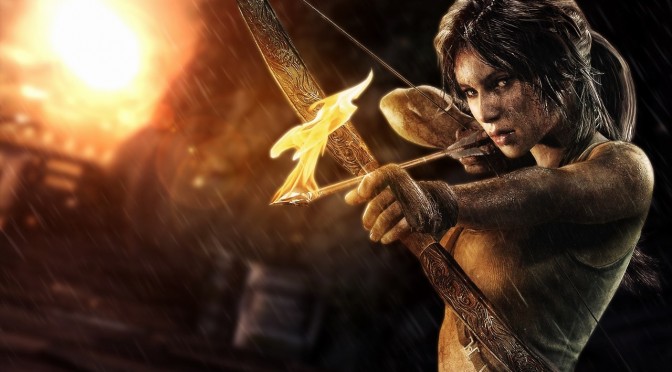In 2014, Square Enix released a remastered version of the 2013 reboot of Tomb Raider on PlayStation 4 and Xbox One. And now, after almost a decade, this Definitive Edition is finally available on PC.
For those unaware, Tomb Raider Definitive Edition features the main game and all the DLCs that came out for it. Moreover, it brings some graphical changes to the game. For instance, Lara now has a refined character, with brighter skin. Moreover, there are some slight lighting changes.
Below you can find a comparison video between the original 2013 PC version and the Definitive Edition. And in case you’re wondering, no. Lara’s bombs have not been downgraded.
Now while this is good news, there is a catch. This Definitive Edition is only available on Microsoft Store. I don’t know why, but Steam does not have this version. And, since this was a shadow-drop, I don’t expect Square Enix to release it on Valve’s distribution service.
So that’s a bummer for those who want to play it but don’t like Microsoft Store. Still, if you already own Tomb Raider 2013, you can skip it. The visual upgrades are minimal, so you won’t miss anything special.
Speaking of Tomb Raider, the new installment in the series will be powered by Unreal Engine 5. And while there is no ETA on when it will come out, you can find here its first artworks.
Finally, I highly recommend trying the RTX Remix Mod for the first Tomb Raider. This mod adds Full Ray Tracing/Path Tracing effects to them. And while it’s still in a pretty early state, it makes the game look kind of cool.
Stay tuned for more!

John is the founder and Editor in Chief at DSOGaming. He is a PC gaming fan and highly supports the modding and indie communities. Before creating DSOGaming, John worked on numerous gaming websites. While he is a die-hard PC gamer, his gaming roots can be found on consoles. John loved – and still does – the 16-bit consoles, and considers SNES to be one of the best consoles. Still, the PC platform won him over consoles. That was mainly due to 3DFX and its iconic dedicated 3D accelerator graphics card, Voodoo 2. John has also written a higher degree thesis on the “The Evolution of PC graphics cards.”
Contact: Email

